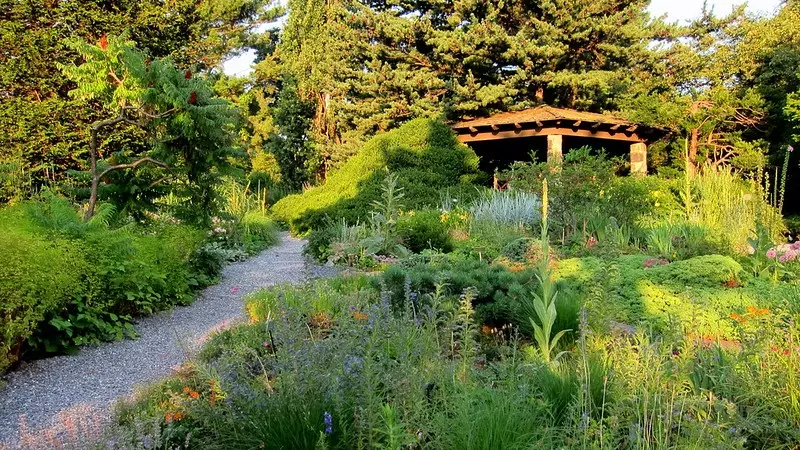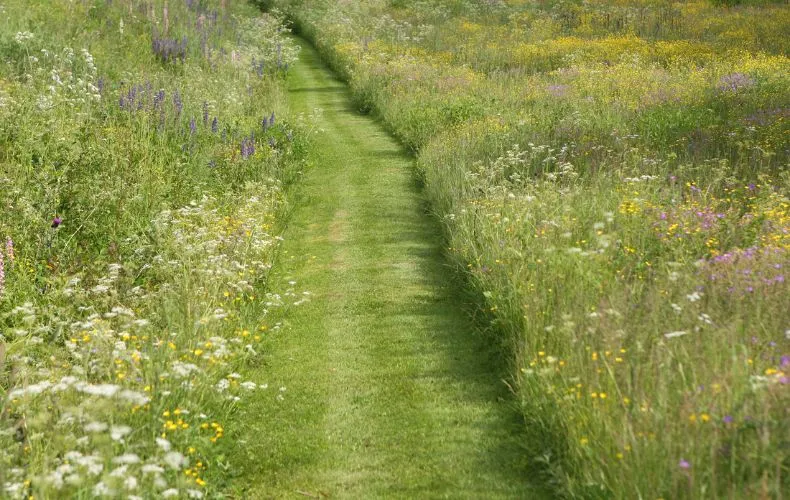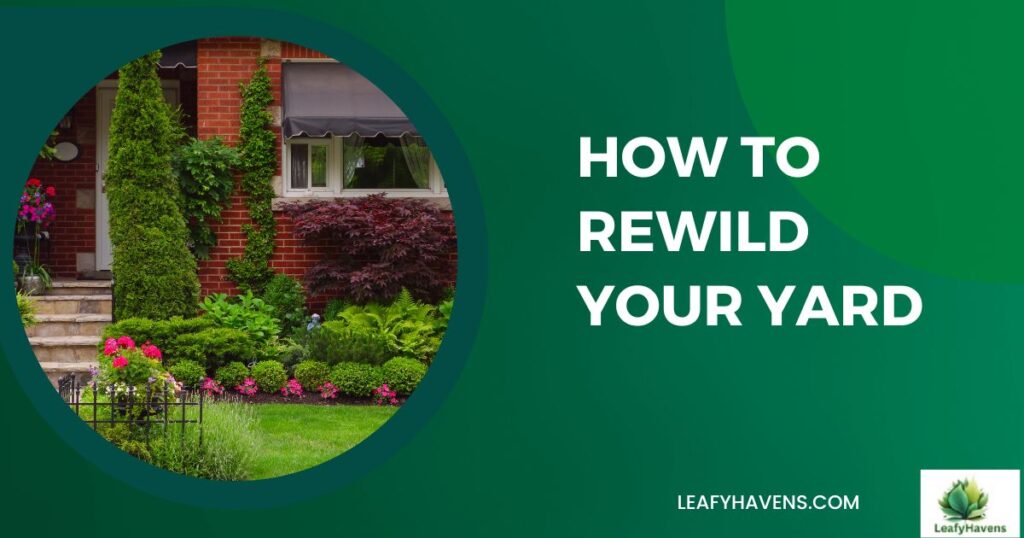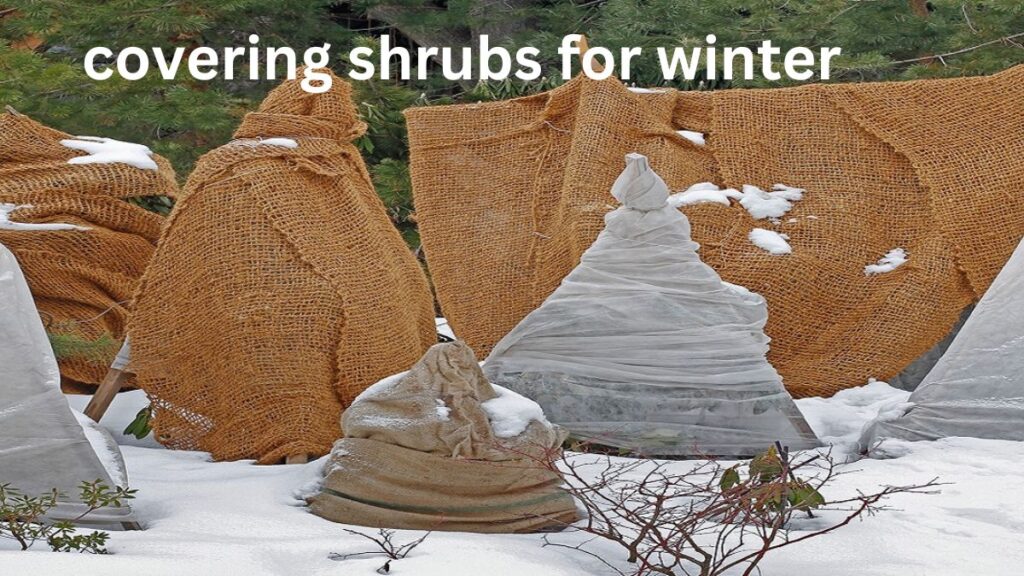The idea of how to rewild your yard has gained popularity among homeowners in recent years. How to rewild your yard is the process of bringing your garden or outdoor space back to a more self-sufficient, natural state, promoting the growth of local wildlife, and reestablishing environmental equilibrium. How to rewild your yard is the best option if you want to establish an area that draws beneficial species, such as bees and birds. We’ll go over the necessary procedures for successfully rewilding your yard in this post, along with how to use rewilding plants and other sustainable techniques.
You may want to read: How to care for milkweed plants
Why Should You Rewild Your Yard?
Rewilding your yard offers a number of advantages. It promotes biodiversity, lessens the demand for chemicals, and improves the environment as a whole. It can also help you save money on maintenance, use less water, and create a calm, pleasant area for you to enjoy. In summary, rewilding is beneficial to you as well as the environment.
The Basics of Rewilding Your Yard

Creating an environment that is as similar to nature as possible is the goal of rewilding your yard. Planting native plants, allowing your lawn to grow wild, and giving local wildlife food and shelter are all ways to do this. Rewilding your yard doesn’t have to be difficult or time-consuming, which is its beauty. You can quickly turn your yard into a lively, natural habitat with the correct strategy.
Step 1: Assess Your Current Yard
Before jumping into the rewilding process, it’s important to evaluate your current yard. Take note of:
- Existing plants and trees
- Sun and shade patterns
- Soil type
- Water flow and drainage
- Existing wildlife (if any)
This will give you a good foundation to plan your rewilding strategy and determine which plants, shrubs, and trees will thrive in your environment.
Step 2: Choose the Right Rewilding Plants
The first step to a successful rewilded yard is selecting the right rewilding plants. Native plants are crucial because they have evolved to thrive in your local climate and soil, and they provide food and shelter for wildlife. Some of the best native plants for rewilding include:
- Wildflowers: These attract pollinators like bees, butterflies, and hummingbirds. A mix of species such as black-eyed Susans, echinacea, and milkweed will create a colorful display.
- Berry Bushes and Fruit Trees: These plants offer food for birds, small mammals, and insects. Consider adding elderberry bushes or crabapple trees.
- Grasses: Tall grasses provide shelter for small animals and birds. Switchgrass and bluestem are great choices for adding texture and structure to your yard.
When selecting plants, focus on rewilding plants that support the local ecosystem and will naturally thrive in your region.
Step 3: Let Go of the Lawn
Traditional lawns are often high-maintenance and don’t provide much in the way of sustenance for wildlife. One of the easiest ways to rewild your yard is to replace some or all of your lawn with natural areas. Instead of a perfect, manicured lawn, embrace a more relaxed and natural look by letting the grass grow tall. You can mow less frequently, which will help allow wildflowers and other plants to grow.
Step 4: Provide Water and Shelter for Wildlife
Creating a rewilded yard means providing for the wildlife that will move in. One way to do this is by adding a small pond, birdbath, or shallow water source. Water is essential for wildlife, especially during dry periods.
In addition to water, ensure there are plenty of places for animals to find shelter. This could be as simple as adding a few piles of logs or creating a brush pile in a corner of your yard. Dead trees and branches can provide homes for insects, birds, and small mammals.
Step 5: Composting and Mulching
To enrich your soil and support healthy plant life, start composting. Composting helps reduce waste and provides a nutrient-rich environment for your rewilding plants to grow. Mulching around your plants will also retain moisture and reduce the need for chemical fertilizers. You can mulch with leaves, straw, or grass clippings—materials that are abundant in a rewilded garden.
Step 6: Avoid Pesticides and Herbicides
Rewilding is all about creating a natural, healthy environment for wildlife, and pesticides and herbicides can harm this delicate balance. These chemicals kill beneficial insects, disrupt soil health, and can even harm your plants. Instead of using chemicals, try natural alternatives such as neem oil or companion planting to control pests.
Step 7: Be Patient
Rewilding takes time. Once you’ve made the necessary changes, be patient and allow nature to take its course. It can take months or even years for your yard to reach its full potential. But don’t be discouraged—watching it grow and evolve is part of the beauty of rewilding.
Step 8: Monitor and Maintain Your Rewilded Yard
While rewilding requires less maintenance than a traditional lawn, it still needs some care. Keep an eye on the plants to ensure they’re thriving, and periodically remove invasive species that could take over. In the fall, allow leaves and plant material to remain in your garden to provide shelter for insects over the winter.
Benefits of Rewilding Your Yard

- Promotes Biodiversity: By planting native plants, you support local wildlife, including birds, insects, and small mammals.
- Low Maintenance: Once established, a rewilded yard requires far less upkeep compared to a traditional lawn.
- Helps the Environment: Rewilding your yard contributes to carbon sequestration, better water retention, and healthier ecosystems.
- Aesthetic Appeal: A rewilded yard can be a beautiful, peaceful, and vibrant space to spend time in.
Bottom Line:
Embracing the concept of how to rewild your yard is a powerful way to reconnect with nature, support local wildlife, and create a sustainable outdoor haven. By using rewilding plants and following eco-friendly practices, you can transform your yard into a thriving, biodiverse space that benefits both the environment and your well-being.
FAQs about Rewilding Your Yard
1. What is rewilding, and why should I do it?
Rewilding is the process of restoring a natural ecosystem in your yard by planting native species, reducing lawn areas, and providing food and shelter for local wildlife. It benefits the environment, supports biodiversity, and requires less maintenance than a traditional garden.
2. Can I rewild my yard if I don’t have a large space?
Yes! You can rewild any size yard by focusing on the plants and elements that work best for your space. Even small yards can benefit from adding native plants and creating a welcoming environment for wildlife.
3. How long does it take for a rewilded yard to become established?
It can take several months to a few years for a rewilded yard to fully establish itself. The process is gradual, but you will notice positive changes over time as plants grow and wildlife returns.
4. Do I need to completely eliminate my lawn to rewild my yard?
No, you don’t have to eliminate your entire lawn, but reducing its size and replacing it with native plants and wild areas is highly recommended. You can still keep some lawn areas for aesthetic purposes, but allow natural areas to thrive.
5. Will rewilding my yard attract pests?
Rewilding your yard will attract beneficial insects, not pests. Native plants provide food and shelter for insects like bees and butterflies, which are essential for pollination. Avoid pesticides to maintain a healthy, natural environment.





